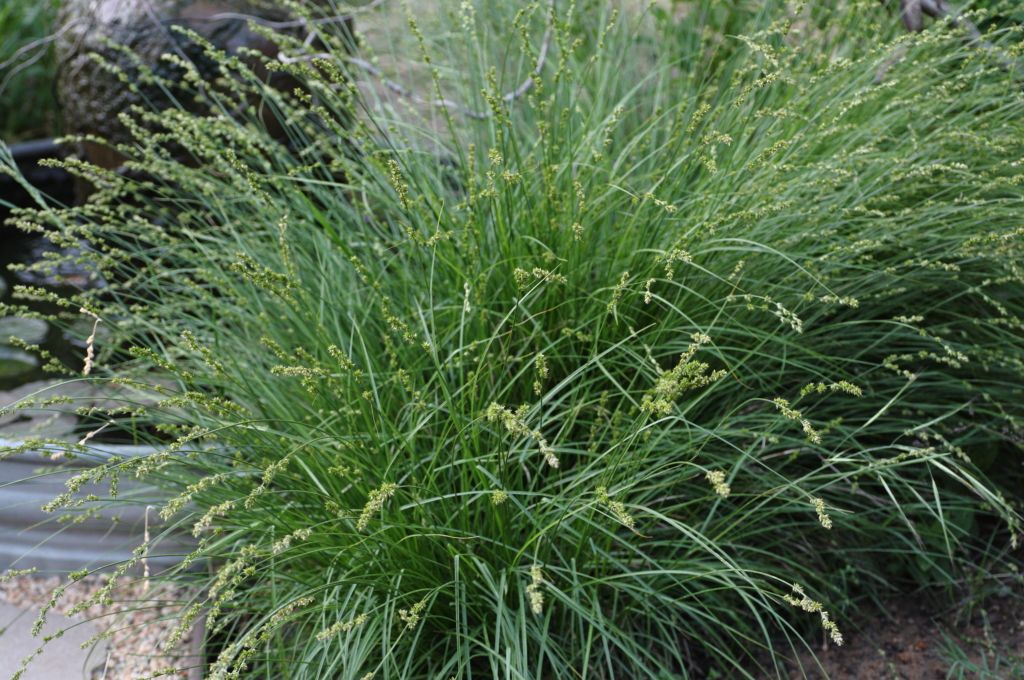

The Cyperaceae are a family of graminoid (grass-like), monocotyledonous flowering plants known as sedges. The family is large, with some 5,500 known species described in about 90 genera, the largest being the "true sedges" genus Carexwith over 2,000 species.
These species are widely distributed, with the centers of diversity for the group occurring in tropical Asia and tropical South America. While sedges may be found growing in almost all environments, many are associated with wetlands, or with poor soils. Ecological communities dominated by sedges are known as sedge lands or sedge meadows.
Some species superficially resemble the closely related rushes and the more distantly related grasses. Features distinguishing members of the sedge family from grasses or rushes are stems with triangular cross-sections (with occasional exceptions, a notable example being the tule which has a round cross-section) and leaves that are spirally arranged in three ranks. In comparison, grasses have alternate leaves, forming two ranks.
Some well-known sedges include the water chestnut (Eleocharis dulcis) and the papyrus sedge (Cyperus papyrus), from which the writing material papyrus was made. This family also includes cotton-grass (Eriophorum), spike-rush (Eleocharis), sawgrass (Cladium), nutsedge or nutgrass (Cyperus rotundus, a common lawn weed), and white star sedge (Rhynchospora colorata).
| Requirement | |
|---|---|
| Hardiness | 4,5,6,7,8,9 |
| Heat Zones | 4,5,6,7,8,9 |
| Climate Zones | 4, 5, 6, 7, 8, 9 |
| Plant Type | Ornamental Grasses |
| Plant Family | Cyperaceae |
| Exposure | Full Sun, Partial Sun, Shade |
| Season of Interest | Spring, Summer, Fall, Winter, Early Spring, Mid Spring, Late Spring, Early Summer, Mid Summer, Late Summer |
| Height | 2' - 3' |
| Spread | 1' - 2' |
| Water Needs | Low, Average, High |
| Maintenance | Low |
| Soil Type | Acid |
| Characteristics | Drought Tolerant, Wet Soil Tolerant |
| Garden Styles | Coastal Garden |
| Planting Place | Banks and Slopes |